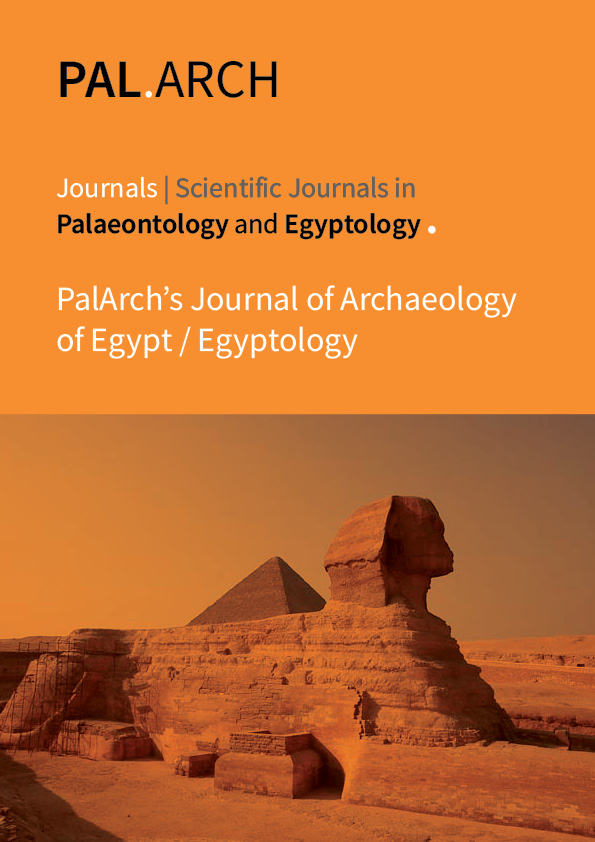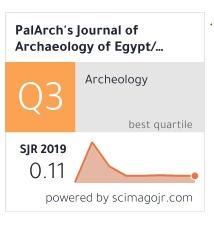GLORIFICATION OF ARCHAIC ART: A READING OF RAINA MARIA RILKE’S “ARCHAIC TORSO OF APOLLO” AND PERCY BUSSEY SHELLEY’S “OZYMANDIAS”
Abstract
Writers have always adapted myth, legend and other folk elements to nurture perspectives
through literary works. Many a time, folk elements work as a mechanism to develop the motif
in literature. Selected poems for this paper are Rilke’s “Archaic Torso of Apollo” and Shelley’s
“Ozymandias.” In both the poems, myth of Apollo and Ozymandias have been presented with
an objective of uplifting the status of art. It is noticeable that the poems are entitled about two
popular figures. But the content of the poems significantly draws attention to a deeper meaning.
In both the poems, there are two statues exclusively projected with minute details. Both the
statues are in a dilapidated form. Irony is that even in the half broken forms the statues are
extremely informative about the artistic exuberance. The artists never fail to inform readers
about the intended meaningfulness of the statues. Even a shattered statue is viable of displaying
the beauty of the archaic art. This paper attempts to present how the poets of these two poems
have highlighted a theme of utmost importance almost in a same way in both the poems. This
paper argues that the poems explore the glory of art over the two famous characters.
Downloads
Downloads
Published
Versions
- 2020-11-29 (2)
- 2020-11-29 (1)



